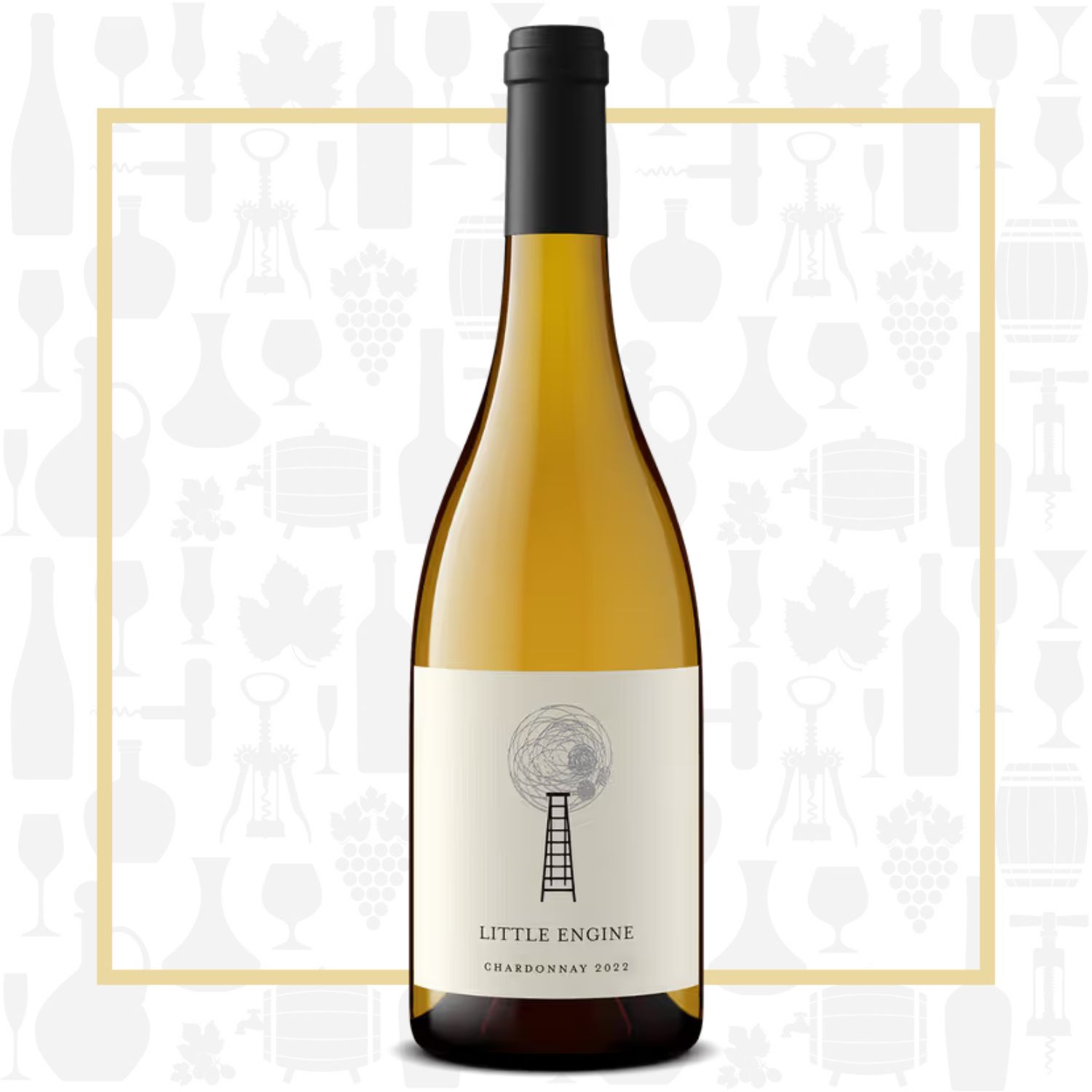Cellar Profile
The Little Engine story begins in 2011, when Steven and Nicole French purchased Corbishley Vineyard, planted to Chardonnay, Pinot Noir and Merot, in the Naramata Bench region of British Columbia. Two years later, they purchased Naramata Road Vineyard, which would become their Estate Vineyard and winery home. The following year, their first vintage wines were released and met with instant acclaim. Over the ensuing decade, more vineyards have come online, with the addition of Sauvignon Blanc, Semillon and Cabernet Franc. But at its heart, Little Engine specializes in Chardonnay and Pinot Noir. Veteran winemaker Scott Robinson uses precise pruning and cluster management, restricted yields and careful canopy management (to ensure the health of the bunches and proper sun exposure). His minimalist approach in the cellar relies on indigenous yeasts and spontaneous fermentations to craft stunning New World expressions of classic varietals. When wood aging is called for, only French oak barriques are used. Little Engine wines are known for their depth of flavour, elegance and attention to detail.
Region
Part of the Southern Okanagan Valley, Naramata Bench, like the rest of the valley, was formed by ancient glaciers that cut a swath between the towering mountain ranges of British Columbia. These glaciers deposited sediment and soils all along the valley and carved out rivers and lakes between the massifs. With a continental climate — enjoying long, hot summer days and cool evenings — the temperatures can swing wildly between seasons. The vineyards of the region are sheltered by nearby Lake Okanagan, which forms a protective “bubble” during the colder winter months. In a rain shadow formed by the mountains, little rain falls during the growing season and the vines must dig deep to reach the water table and aquifers beneath the desert-like conditions. With only 360 mm of precipitation a year, dry farming and/or irrigation is the norm amongst the over 50 wineries and cider producers of the region. These are rich soils for vineyards, with sedimentary silt and loam, as well as large amounts of gravel at higher elevations.
Vineyard
Estate vineyards are located throughout the Naramata Bench. Vineyards are planted to Burgundian clones of Pinot Noir and Chardonnay. Cover crops and organic fertilization are employed to prohibit soil erosion, to maintain soil moisture and to ensure a diverse and healthy ecosystem within the vineyards, bringing pollinators and insects that help control pests naturally. These vineyards consist primarily of silt and loam, with some sand and gravel, and range in elevation from 400 to 650 masl. Canopy management is key here; care is taken to ensure air flow to reduce the chance of mildew or rot and to expose berries early in the season to ensure optimal phenolic ripeness at harvest time. Yields are quite low, as aggressive green harvesting takes place during the early parts of the summer, to focus the vines’ energy on the remaining, best bunches of grapes.
Winemaking
Estate Chardonnay blocks were hand-harvested on a range of picking dates from late September to mid October to yield a complexity of flavours and acidity. A combination of whole-cluster pressing and pressing after overnight skin contact was used. The juice was fermented, using several different yeasts, in stainless steel tanks and a variety of seasoned French oak barrels. Fermentations were long and cool to preserve aromatics. 75% of the final blend was barrel-fermented (no new oak) and matured on lees for 8 months with bâtonnage for palate development.
Varieties
Chardonnay is the world’s most famous white-wine grape and also one of the most widely-planted, with the most highly-regarded expressions of the variety coming from Burgundy and California. Climate plays a major role in dictating which fruit flavours these wines will have. Broadly speaking, warm regions such as California tend to give more tropical styles. While many Chardonnays have high aromatic complexity, this is usually due to winemaking techniques (particularly the use of oak) rather than the variety’s intrinsic qualities. Malolactic fermentation gives distinctive buttery aromas. Fermentation and/or maturation in oak barrels contributes notes of vanilla, smoke and hints of sweet spices such as clove and cinnamon. Extended lees contact while in barrel imparts biscuity, doughy flavours. In the Okanagan, Chardonnay can be grown in both the riper, New World style, or in the more classic Burgundian style depending on elevation and and canopy management, making this truly a “Winemaker’s Grape”.
Tasting Notes
A pleasant blend of New World opulence and Old World balance. Aromas of Meyer lemon, candied lime and ripe pear, along with a hint of baking spice. The medium-bodied palate has plenty of refreshing acidity, some mineral salinity and primary flavours of peach, melon, grapefruit and vanilla. Chill lightly and enjoy on its own, or serve with fish tacos or Pork Belly Banh Mi.

